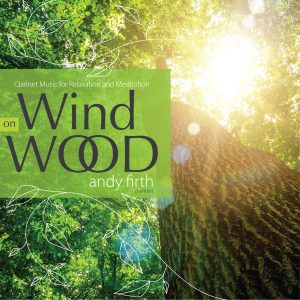Description
A Beginner’s Guide to Melody Writing-Audiobook
Although this audiobook presentation is primarily designed for beginner melody writers and composers, it covers an impressive range of elements required for quality melody construction in a wide range of musical styles. Episode 1 starts out by explaining the basics of harmonic and melodic construction techniques and by the end of episode 4, the melodic and harmonic construction elevates to an intermediate/advanced level. This series is bound to entertain and inform melody writers/composers at all levels of skill and experience-from beginner to professional.
Andy presents a brief but thorough glimpse into his over 45 years of composition knowledge into an entertaining and interesting package of just four parts, all jam packed with little nuggets of golden tips for student to professional melody writers/composers, using ideas, demonstrations and audio examples.
The Product comes with a pdf workbook of Exercises and Answers so that the listener can test their knowledge and skills.
Samples from A Beginner’s Guide to Melody Writing-Audiobook
Taken From of Episode 1, 2, 3 and 4 (Samples are faded in and out)
Ep.1
Ep.2
Ep.3
Ep.4
The Part Contents Are:
Episode One:
-What is Melody Writing?
-A Bit About My Melody Writing Journey?
-The Difference Between Songs and Melodies
-How to Write a Well-Constructed Melody
-What is Western Music Theory?
-What to Listen To
-A List of Recommended Music and Composers
-Some Thoughts Concerning Harmony
-What is Harmony (with audio examples)
-Voice Leading & Chordal Movement
-Western Classical Music Theory V/S Jazz Music Theory: Pros & Cons
-The Advent and Use of Chord Changes
-The Construction & Function of Chord Changes (with audio examples)
– A Basic Look at Jazz Music Theory (with audio examples)
-Chord Construction & Chord Qualites (with audio examples)
-Extensions & Alterations (with audio examples)
Episode Two:
-Cadences & Jazz Progressions
-Voice Leading with Exercises
-“This Moves to That”
-“Call & Response”
-Using Chromaticism & Passing Notes in Melodies (audio and written example)
-Bass Function (audio and written example)
-Using Bass Function to guide and inspire Melodic Construction
-From Major to Minor (audio and written example)
-Analysis and Construction of a Simple Folk Tune
-“Far Away, Across the Sea” (audio and written example)
Episode Three:
-The 12-Bar Blues & “AJ’s Boogie Woogie” (audio and written example)
-The 32-Bar Format (A-A-B-A) “Oh What a Day!” (audio and written example)
-The Extended 32-Bar Format “I Wished Upon A Star” (audio and written example)
-Writing for Media: “Outback Dreams” (audio and written example)
-Latin Styled Melodic Analysis: “Para Sempre” (audio and written example)
-Using Digital Patterns
Episode Four:
-A Jazz Ballad Analysis: “I Knew” (audio example)
-A Brief Look at 18th Century Classical Melody Writing (audio example)
-Melody Writing Styles & Characteristics Throughout the Years (with short audio examples)
Total Playing Time: 2 Hours & 50 Minutes
A Pdf “Exercises & Answers” Workbook Accompanies this Product.
Written, Composed, Perfomed & Produced by Andy Firth. Newcastle, Australia. 2025
©2025 Accessible Music Publishing.www.andyfirthmusic.com
All Compositions are Composed by Andy Firth
All Recordings are the Property of Accessible Music Publishing




